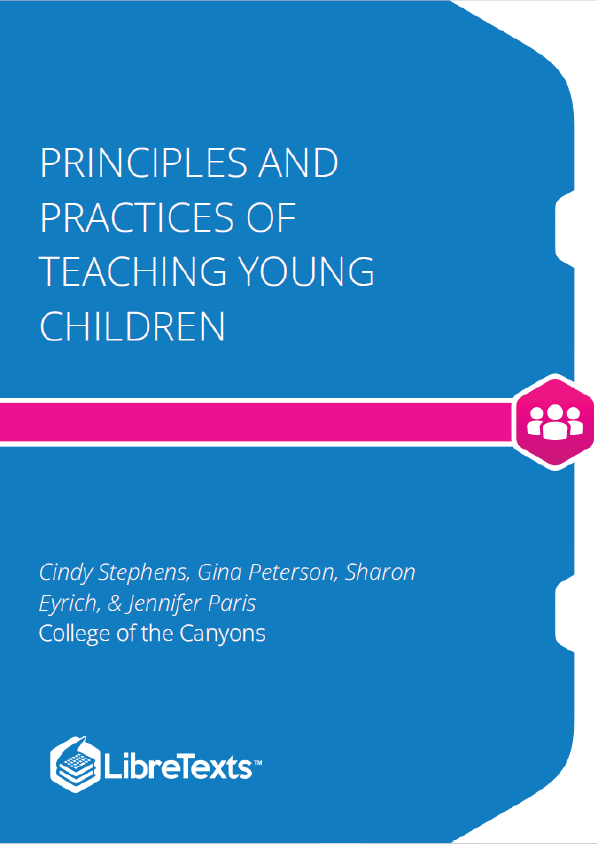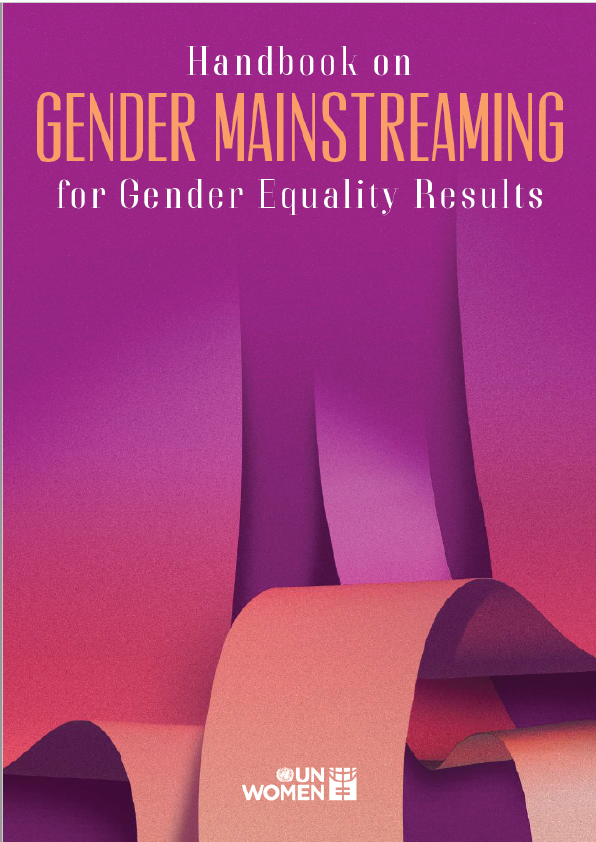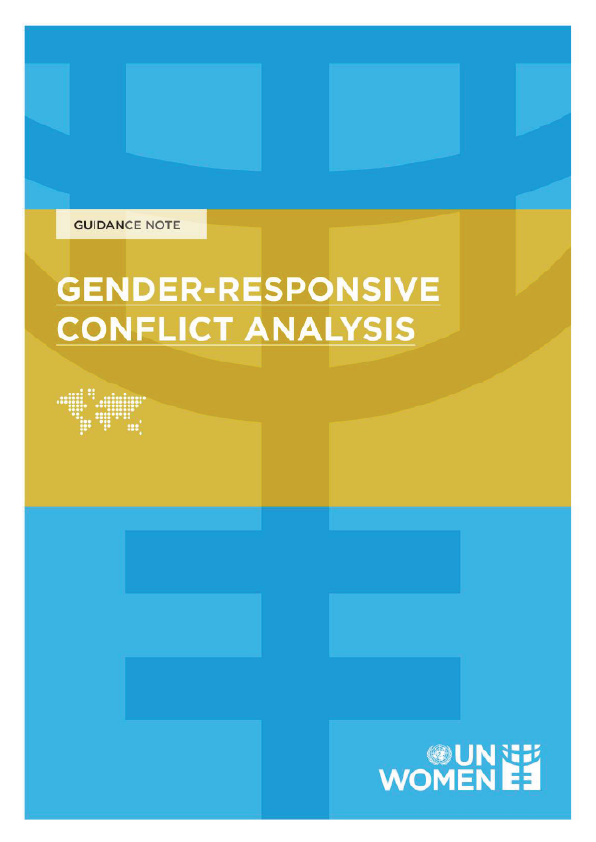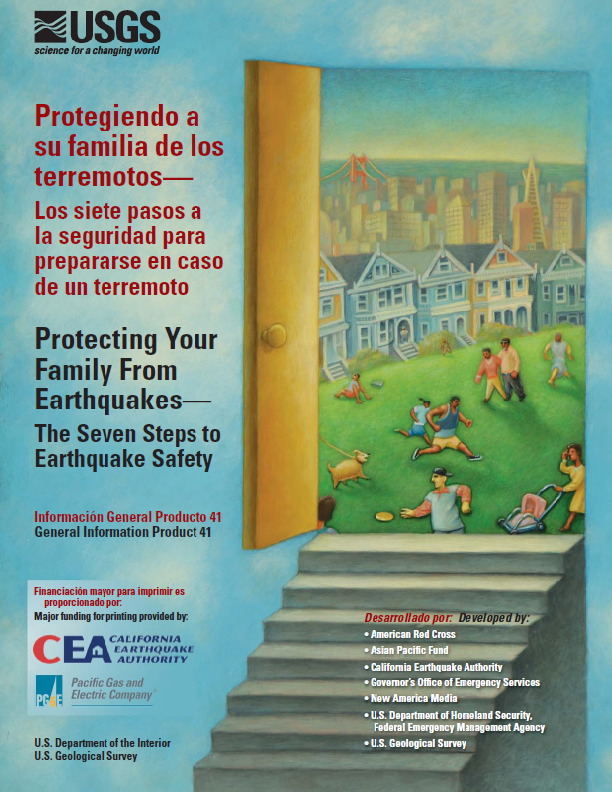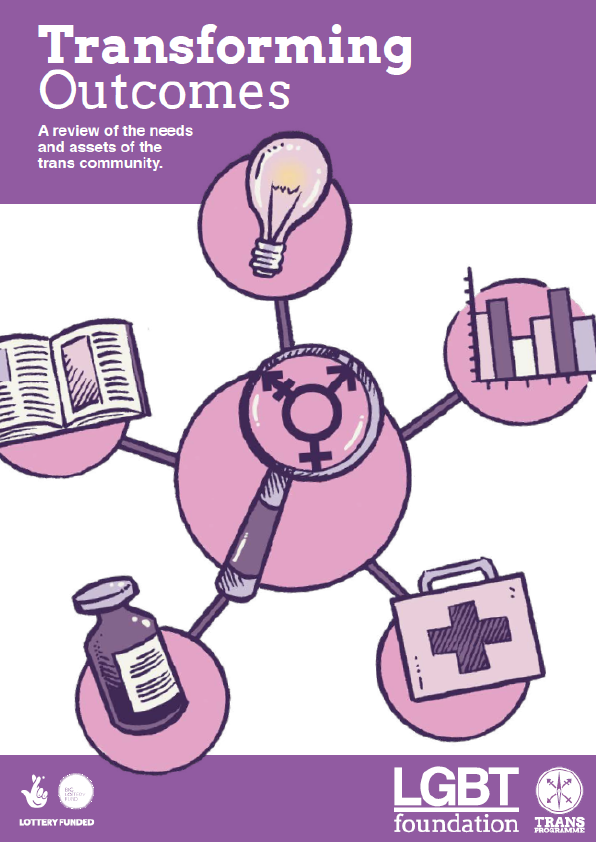If you are reading this, you’re likely interested in learning more about becoming an early childhood professional. Perhaps you’re just curious and want to know a little bit more about young children. Maybe you want to make up your mind after finding out a little bit more about what is involved. In either case, your interest and curiosity are two key characteristics that will make this a positive growth experience for you.
This chapter covers the historical underpinnings of the field of Early Childhood Education. You will discover the various influences that have been used as principles that have shaped current practices in early childhood settings.
As you begin your journey exploring the field that studies young children, you will come across several terms that are commonly used. While they are often used interchangeably, there are subtle differences which should be clarified at the start:
- Early Childhood: the stage of development from birth to age 8
- Child Development: the ways a child develops over time
- Early Childhood Education: the unique ways young children “learn” and the ways they are “taught”. Part of the larger field of “education”.
- Early Care and Education: A blend of the care young children need as well as the way they are “educated”. Sometimes called “educare”.
In this text we will use them interchangeably to mean the many ways children develop blended with their unique care and educational needs.
History of Early Childhood Education
Childhood from a Historical Perspective
The field of Early Childhood Education has a rich history. As you will soon discover, history has not only provided us with a strong foundation, it has shaped our beliefs, instilled an appreciation for children, and it has provided us with a context that guides our current practices.
It is hard to imagine but children were not always considered valued members of society. You might say, children were thought to be second class citizens.
In the past, many believed that children should be seen and not heard, and that children should be ruled by might (e.g. “spare the rod spoil the child”). Often time’s children were punished harshly for behaviors that today we understand to be “typical” development.
In the past, childhood was not seen as a separate stage of development. There was not time for childhood curiosity and playful experiences. Children were thought of as little adults and they were expected to “earn their keep”. The expectation was that they would learn the family trade and carry on their family lineage.
Going to school was thought to be a privilege and only children of a certain class, race and status were given the opportunity to have a formal education. The primary curriculum for that era was based on biblical teachings and a typical school day consisted of lessons being taught by an adult in charge who wasn’t trained as a teacher.
A Time for Change
It’s important to note that historically, parents had no formal training on how to raise a healthy well-adjusted child. The only “parenting book” for that time was the Bible and even then, many were not able to read it. They parented based on what the church taught, and it was these strict morals and values that informed societal beliefs and guided child rearing. It wasn’t until the 1400-1600’s, during the Renaissance, that children were seen as pure and good. New ideals began to surface. Individuals that thought differently (outside the box) began to question and investigate treatment of children. They began to observe and notice there was more to children. These were the first advocates to try and enlighten society and change the adult viewpoint in an effort to improve outcomes and support children’s growth and development. Unfortunately, many were persecuted or ostracized for being outspoken and going against the society beliefs.
Let’s take a look at some of the historical contributors to early care and education.
